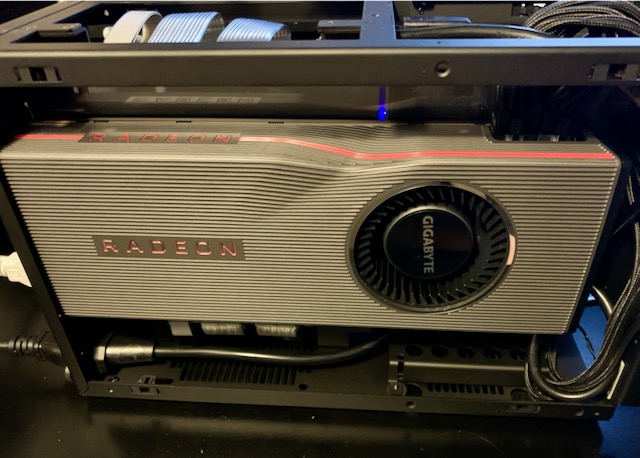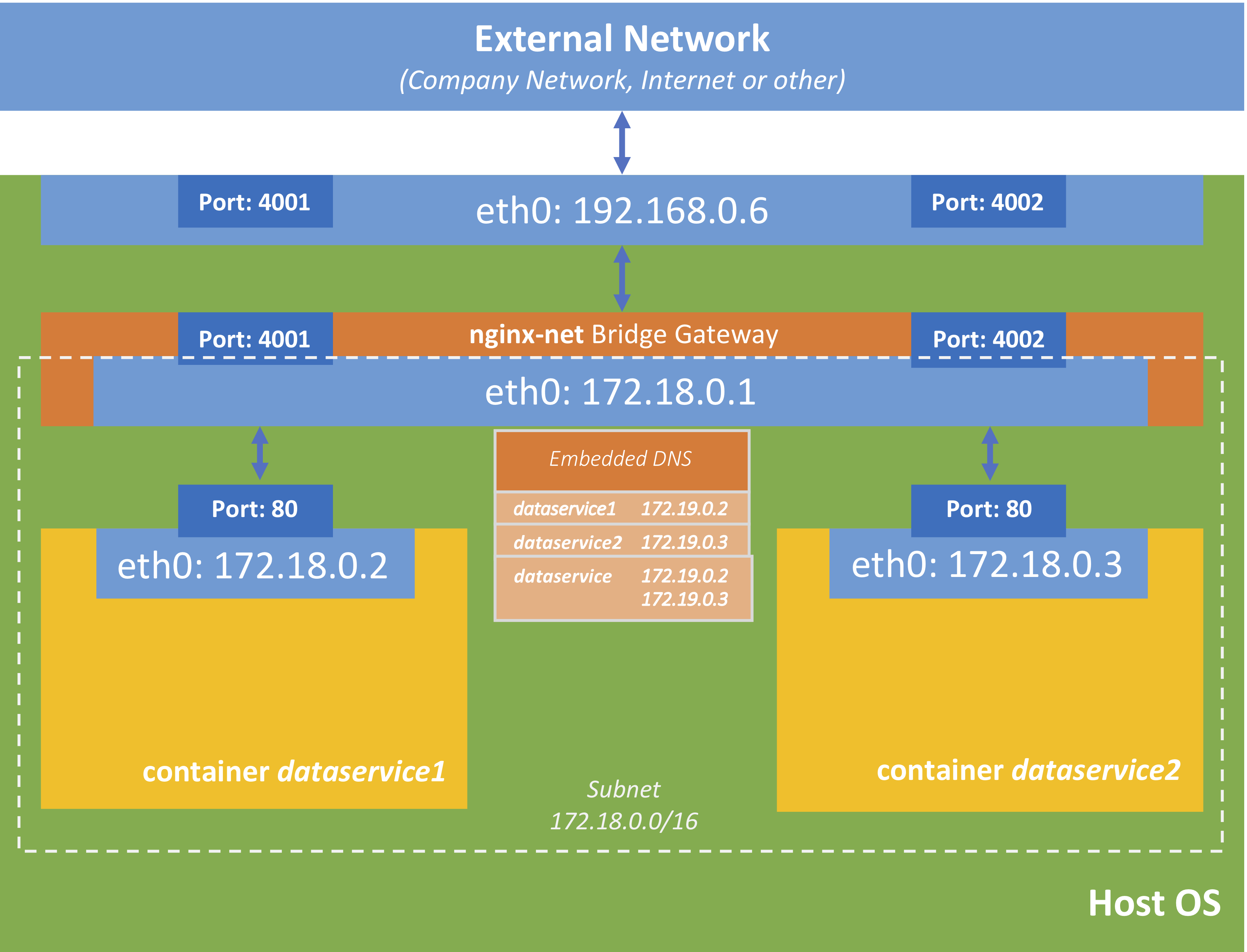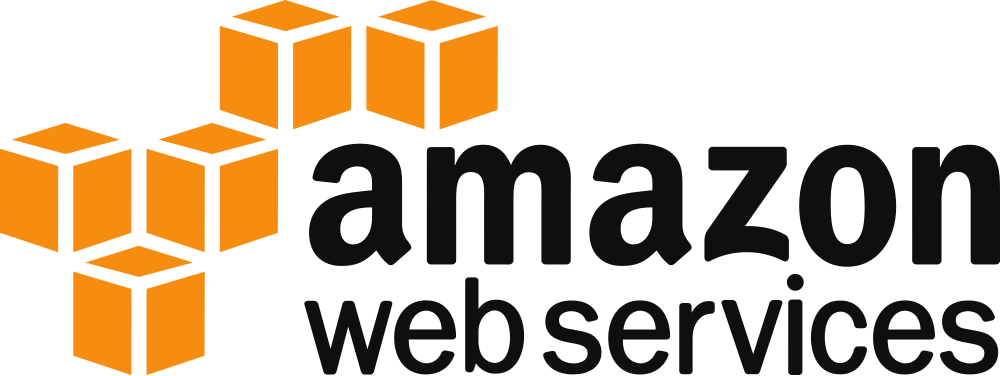Why did I intend to build a Hackintosh? I highly recommend reading all my Hackintosh posts (and consult other tutorials) before you actually decide to build a Hackintosh. It is a rather tedious task. It might run straight-away. However, in my case – and also in the tutorials, I found on the Internet –...
Installing Artifactory with Docker and Ansible
The aim of this tutorial is to provision Artifactory stack in Docker on a Virtual Machine using Ansible for the provisioning. I separated the different concerns so that they can be tested, changed and run separately. Hence, I recommend you run the parts separately, as I explain them here, in case you run into...
Docker Networking – Overlay Network
As we have seen in the tutorial about Docker swarm, the IP addresses of our services can change, e.g. every time we deploy new services to a swarm or containers are restarted or newly created by the swarm-manager etc. So services better address other services by using their name instead of their IP-address. Default Overlay...
Docker Networking – Bridge Network
Default Bridge Network Containers, that run on the same machine (share the same Docker daemon) and are not part of a swarm use the so-called bridge network (a virtual network) to communicate with each other. Let us create two basic containers docker container run -d --name nginx2 -p3001:80 nginx:alpine docker container run -d --name nginx2...
Docker Swarm – Multiple Nodes
In the first part of this series, we built a Docker swarm, consisting of just one node (our local machine). The nodes can act as swarm-managers and (or) swarm-workers. Now we want to create a swarm that spans more than one node (one machine). Creating a Swarm Creating the Infrastructure First, we set up...
Docker Swarm – Single Node
In the previous tutorial, we created one small service, and let it run in an isolated Docker container. In reality, your application might consist of many of different services. An e-commerce application encompasses services to register new customers, search for products, list products, show recommendations and so on. These services might even exist more...
Docker Basics – Part II
In this previous introduction, I explained the Docker basics. Now we will write a small web-service and deploy it inside of a Docker container. Prerequisites You should have Docker (community edition) installed on the machine you are working with. As I will use Java code, you should also have Java 8 (JDK) locally installed. In...
Docker Basics – Part I
The Docker Eco-System When we talk about Docker, we mainly talk about the Docker daemon, a process that runs on a host machine (in this tutorial most probably your computer). This Docker daemon is able to build images, run containers provide a network infrastructure and much more. The Docker daemon can be accessed via a...
How to use Ansible Roles
In the Ansible introduction, we build a Playbook to install Jenkins from scratch on a remote machine. The Playbook was simple (for education purposes), it was designed for Debian Linux distributions (we used apt as a package manager), it just provided an out-of-the-box Jenkins (without any customisation). Thus, the Playbook is not very re-usable...
Installing Jenkins in AWS using Vagrant and Ansible
This tutorial builds up upon the previous introductions to Vagrant and Ansible. Firstly, we will set up a Vagrant Box with Amazon Web Services (AWS). Subsequently, we will use the Ansible script to configure Jenkins in this Box, using the same Playbook as in the previous blog post. Prerequisites Setting up an AWS Account...








